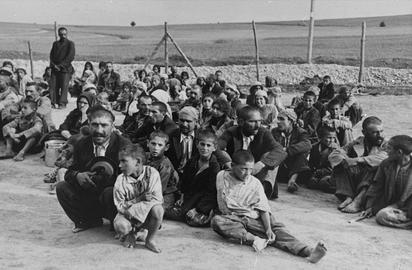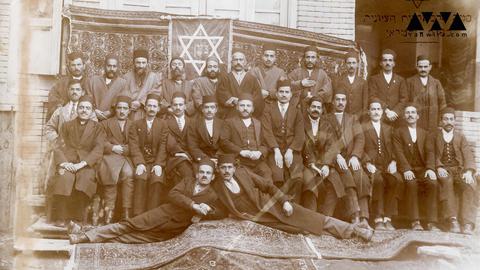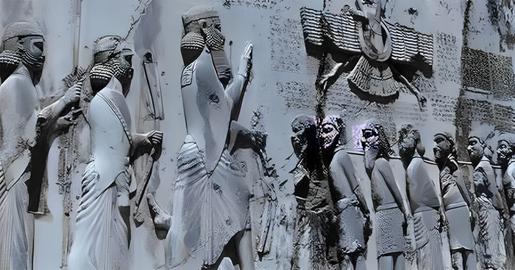Defining an enemy was necessary for Nazi ideology to work. Jews, the Roma, people with disabilities, and homosexuals were among the groups they defined as enemies needing to be eliminated, who were prosecuted and murdered en masse while the Nazis were in power. A group identifying and turning on a perceived enemy is, in itself, not unusual. But how could a worldview this extreme, which led to one of the most horrific crimes in our modern history, become dominant and even accepted in German society?
When I asked of the two historians from the US Holocaust Memorial Museum, “How did Nazis justify these groups’ being enemies? How did they convince the public?”, I did not expect to hear that, in the case of the Roma for example, it “didn’t actually seem to require much explicit justification”, as Krista Hegburg said. It is unnerving that the Nazis built their belief system, which gave rise to such atrocities, on the prejudices that already existed in that society.
Patricia Heberer Rice gave a very good explanation of history of prejudice against Jews. It started, she said, with the long Christian legacy of religious antisemitism. This came together with ‘economic antisemitism’ in the 19th and 20th centuries, and finally became the racial antisemitism conceived of by the Nazis. The Nazis’ ‘scientific racism’ imagined the distinctive characteristics of the Nazis’ supposed enemies at the level of race. If ‘Jewish’ could be considered a race rather than a religious confession, it would be easier to justify the idea of the ‘final solution’. Race is essential. One cannot change it. As such, the Nazis could argue, there was no other way.
This essential view towards Jewishness, defining it at the level of race, made it easier to regard Jews as one homogenous group rather than as individuals. In other words, it facilitated their dehumanization. This in turn made it easier to argue Jews were “a pathogen, a germ, a cancer” that was “eating the German body”, as Patricia Heberer Rice summarized. The Nazis robbed their so-called enemies of any quality that could make them human and relatable, instead reducing their existence to their race, disability, or sexual orientation, ‘inferior’ in its essence and at the same time ‘dangerous’ for the ‘superior Aryan race’.
Most disturbing of all, however, is the fact that it did not take much for them to convince the wider public that these people were the enemies of German society. Certainly, they added a new persuasive element to the mix by using science, for instance studies on ‘racial hygiene’ or eugenics. More than that, though, they built all this on the long history of discriminatory behavior toward Jews and other groups, both in Germany and across Europe. What I will carry with me most heavily from this webinar was the “striking feature of the absence of justification”, as Hegburg put it. As Heberer Rice rightly said, “It’s one thing to define Jews and Roma and Sinti as enemies, and quite another to kill them.” Of course, many extreme ideologies do not ultimately lead to mass murderers and genocides. But at the level of thought, is it fair to say that Nazism was only the very extreme version of already-existing beliefs?
visit the accountability section
In this section of Iran Wire, you can contact the officials and launch your campaign for various problems




















comments